The British Dragonfly Society, funded by the Scottish Government’s Nature Restoration Fund is working in partnership with landowners and conservation organisations in north-west Scotland to improve breeding habitats for rare peatland dragonflies including the Azure Hawker, Northern Emerald and White-faced Darter.
The Project
The Dragonflies on the Bog Project is supported by the Scottish Government’s Nature Restoration Fund, which is managed by NatureScot. This exciting project aims to use peatland restoration techniques to improve the climate change resilience of peatland habitats for three rare dragonfly species: Azure Hawker, Northern Emerald and White-faced Darter.
Between November 2024 and March 2026 the British Dragonfly Society will work in partnership with landowners in the north west of Scotland to improve habitats for these three priority peatland species. Using peatland restoration techniques such as peat dams, small bunds and peat hag reprofiling we will re-wet drained sites, improve water-holding capacity in existing bog pools, and create new bog pool complexes suitable for all three species (and many other peatland species too).
The White-faced Darter (Leucorrhinia dubia) is a peatland specialist, breeding in deep bog pools with floating Sphagnum moss which is used for egg-laying by adults and as a refuge by larvae.
The Azure Hawker (Aeshna caerulea) is an upland blanket bog specialist that within the UK is only found in Scotland. It generally breeds in shallow bog pools with floating aquatic Sphagnum and lots of soupy material at the bottom. Due to cooler conditions in the uplands it can take 4-5 years for larvae to go from egg through to emergence as an adult.
The Northern Emerald (Somatochlora arctica) breeds in bog pools, small runnels and slow flowing drainage ditches on peatland in north-west Scotland, often with floating Sphagnum moss. Breeding sites are often next to woodland as adults feed amongst the tree canopy.
Other threatened peatland species that will benefit from this project include Common Hawker (Aeshna juncea) and Black Darter (Sympetrum danae) which have both undergone rapid declines across Europe in recent years.
Climate Change and Peatlands
Climate change is already having a negative impact on priority peatland habitats and species in the UK, with warmer and drier summers increasing the risk of droughts, fires and carbon loss. Drained and degraded bogs are less resilient to climate change and water levels can fluctuate wildly during the year, leading to loss of key peat-forming vegetation, increased release of carbon into the atmosphere and watercourses, and a decrease in biodiversity. Increasingly we are seeing bog pools used by rare species of dragonflies completely dry up during the summer.
This project is supported by the Scottish Government’s Nature Restoration Fund, managed by NatureScot.
Corrour Station bog pools by Scott Shanks.
Northern Emerald by Iain Leach.
Azure Hawker by Bob Eade.
